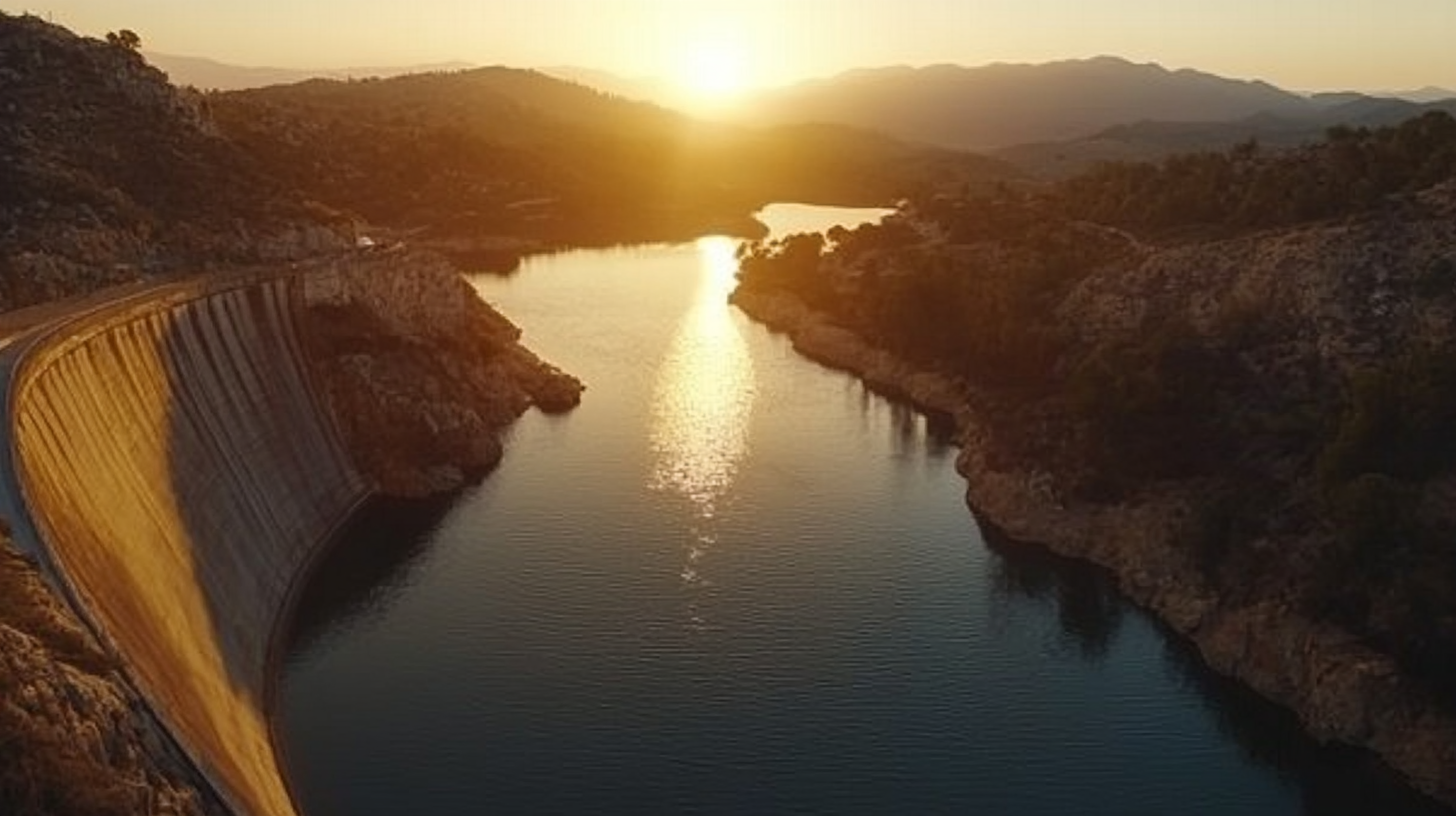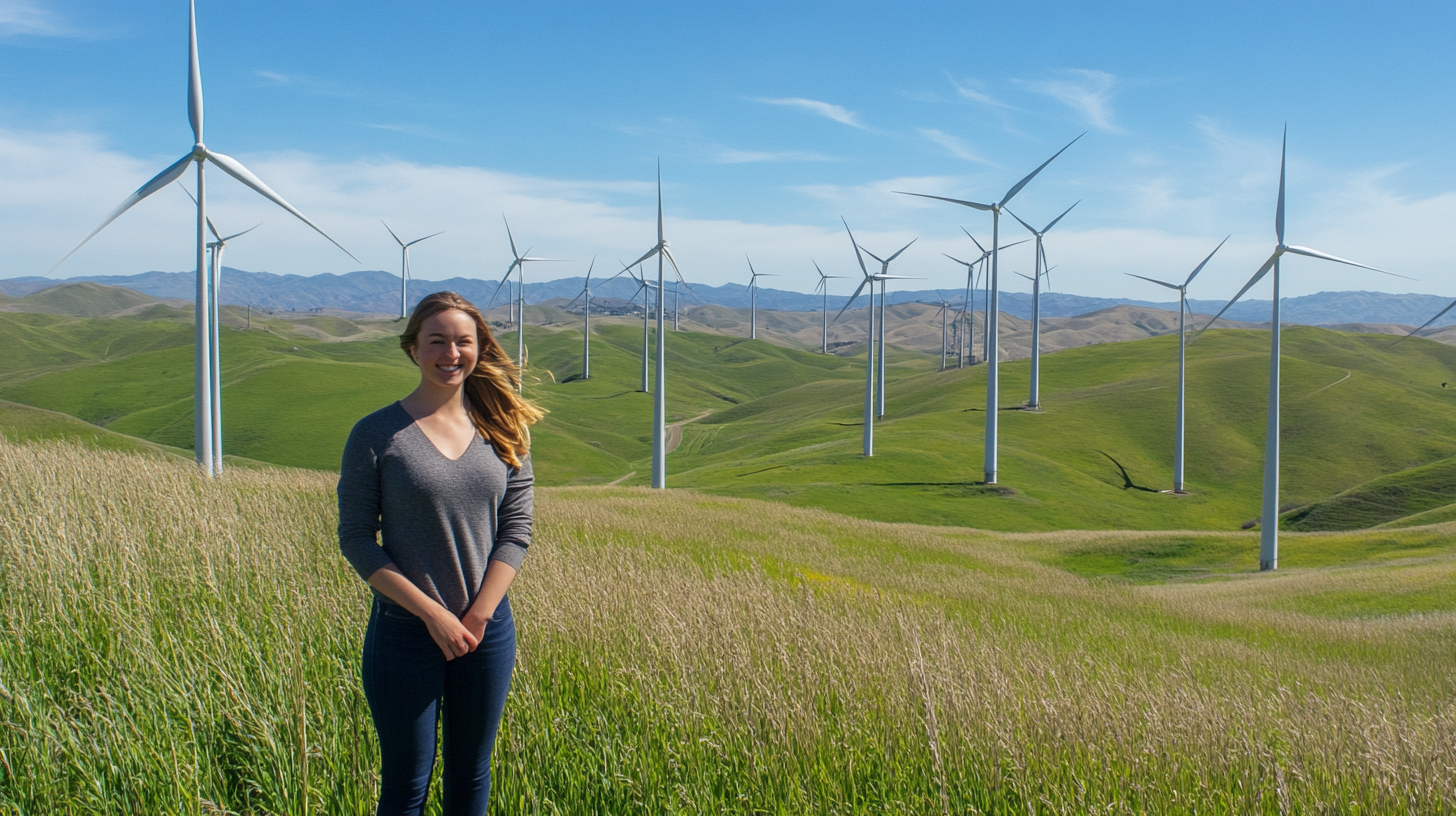As the world grapples with the pressing challenges of climate change and environmental degradation, the transition to Clean Energy has emerged as a critical pathway for sustainable development. According to the International Energy Agency (IEA), the global investment in renewable energy technologies is projected to exceed $2 trillion by 2030, highlighting a growing recognition of the benefits of cleaner energy solutions. Moreover, a report from the Global Renewable Energy Agency indicates that transitioning to Clean Energy could create up to 24 million jobs worldwide by 2030, significantly boosting economic growth. For global buyers, embracing Clean Energy not only aligns with corporate sustainability goals but also opens doors to innovative technologies and cost savings. This blog will explore the multifaceted advantages of Clean Energy solutions, equipping stakeholders with the essential knowledge to navigate the evolving energy landscape.

The current landscape of clean energy solutions is rapidly evolving, influenced by the urgent needs driven by climate change and the dwindling reserves of non-renewable energy sources. A recent review of renewable energy resources in regions like Nigeria highlights the significant potential for solar and biomass energy to provide affordable electricity. Notably, the levelized cost of electricity from these renewable sources continues to decrease, making them increasingly competitive against traditional fossil fuels.
As we move towards 2025, the power and utilities industries are navigating unprecedented challenges and opportunities. With energy demand surging, utilities are rethinking their strategies, focusing on innovation and sustainability to enhance efficiency. Reports indicate that in 2024, companies will need to proactively adapt their operations to remain viable, as they face a landscape shaped by advancing technologies and shifting consumer expectations. The role of blockchain technology is also gaining attention, offering new avenues for streamlining energy transactions and improving transparency in renewable energy markets.
Furthermore, substantial grants are becoming available to support various renewable energy initiatives, including solar panel installations and wind farm developments. This financial backing is crucial in advancing clean energy solutions and reducing greenhouse gas emissions, thus playing a pivotal role in achieving global sustainability goals. The collective momentum towards renewable energy reflects a transformative shift in how industries and consumers approach energy consumption and influence the future of our planet.
| Solution Type | Advantages | Market Share (%) | Growth Rate (%) |
|---|---|---|---|
| Solar Energy | Renewable, low emissions, job creation | 30 | 20 |
| Wind Energy | Sustainable, abundant resource, cost-effective | 25 | 15 |
| Hydropower | Reliable, large-scale energy production, low emissions | 20 | 10 |
| Geothermal Energy | Constant energy supply, low land footprint | 10 | 8 |
| Bioenergy | Utilizes waste, reduces emissions, energy security | 15 | 12 |
The transition to clean energy solutions presents significant advantages for global buyers and consumers, particularly in terms of investment and cost efficiency. Recent data indicates that communities hosting renewable energy projects saw over $12 billion in additional investments from 2014 to 2022. This influx not only fosters local economic growth but also boosts infrastructure development, creating a ripple effect of benefits for nearby residents.
Moreover, renewable energy sources like wind and solar power are increasingly attractive due to their reduced emissions and cost-effectiveness compared to traditional fossil fuels. Reports from the Renewable Energy Industry suggest that the uptake of corporate clean power purchasing grew by 12% in 2023, signaling a robust shift towards sustainability among major companies. This trend not only helps in lowering energy costs for businesses but also contributes to a cleaner environment by reducing greenhouse gas emissions.
The growing demand for clean energy is further reinforced by innovative mechanisms like the book and claim strategy, which leverages consumer demand to enhance decarbonized supply chains. As the world moves towards a more sustainable future, it becomes vital for global buyers to recognize the key benefits of adopting clean energy solutions, which include financial incentives, environmental preservation, and economic development within their communities.

Innovative technologies play a crucial role in transforming clean energy adoption, making it more accessible and efficient for global buyers. One of the most significant advancements is the development of smart grid systems, which allow for improved energy management and distribution. These systems utilize real-time data analytics and IoT devices to optimize energy usage, reduce waste, and integrate renewable energy sources seamlessly. As a result, businesses can achieve higher operational efficiencies while minimizing their carbon footprints.
Another notable innovation is the rise of energy storage solutions, such as advanced batteries and thermal storage systems. These technologies enable users to store excess energy generated from renewable sources like solar and wind, making it possible to utilize this energy even when production is low. This capability is particularly critical for large-scale operations and grid stability, ensuring a constant supply of clean energy and reducing reliance on fossil fuels. As these technologies continue to evolve, they promise to unlock new opportunities for businesses to enhance their sustainability efforts and meet growing consumer demands for environmentally responsible practices.
This chart illustrates the adoption rates of various clean energy solutions among global buyers. As shown, solar energy leads significantly, followed by wind energy, while geothermal and biomass have relatively lower adoption rates.
The transition to clean energy solutions presents significant challenges for global buyers, driven by varying regulatory frameworks, technological limitations, and financial constraints. One major hurdle is the inconsistent governmental policies across different regions that can create uncertainty and deter investment. Buyers must navigate a landscape where incentives for clean energy vary greatly, making it difficult to develop long-term strategies.
Another challenge lies in the technology gap. Many businesses, especially in developing regions, may lack access to advanced clean energy technologies or the expertise to implement them effectively. Bridging this gap requires collaboration between tech providers and local enterprises, fostering knowledge transfer and innovation. Furthermore, financial barriers can impede progress; the upfront costs of clean energy systems can be daunting. Innovative financing solutions and public-private partnerships are crucial to making clean energy accessible to all types of buyers.
Despite these challenges, solutions are emerging that can facilitate the transition. Leveraging international partnerships and sharing best practices can help standardize regulatory approaches, reducing uncertainty. Moreover, as technology continues to evolve, the costs associated with clean energy solutions are expected to decrease, making them more attractive. By proactively addressing these obstacles, global buyers can unlock the numerous advantages of clean energy and play a pivotal role in building a sustainable future.

The clean energy market is on the brink of transformation, fueled by a growing awareness of the importance of sustainable practices and the rapid advancement of innovative technologies. According to the International Renewable Energy Agency (IRENA), the global renewable energy capacity reached 2,799 GW in 2020, reflecting a robust growth of 10.3% compared to the previous year. This momentum is anticipated to continue, driven by investments in key mineral resources essential for clean energy technologies. For instance, lithium and cobalt, vital components for batteries, are projected to see a 30% surge in demand by 2030, emphasizing the lucrative opportunities available for buyers looking to capitalize on clean energy solutions.
Moreover, as countries accelerate their energy transition strategies, the focus on critical minerals is expected to expand. A report by the World Bank suggests that meeting global climate targets could double the demand for these minerals, particularly copper and nickel, which are fundamental for renewable energy systems and electric vehicles. The shift towards a circular economy also presents a unique landscape for innovation, unlocking the potential to not only reduce waste but also improve resource efficiency within the clean energy sector. Global buyers who embrace these trends will not only benefit economically but also contribute to a broader impact on societal prosperity.
This pie chart illustrates the distribution of various clean energy sources and their projected market share among global buyers. The data showcases the growing potential and diversity within the clean energy market.